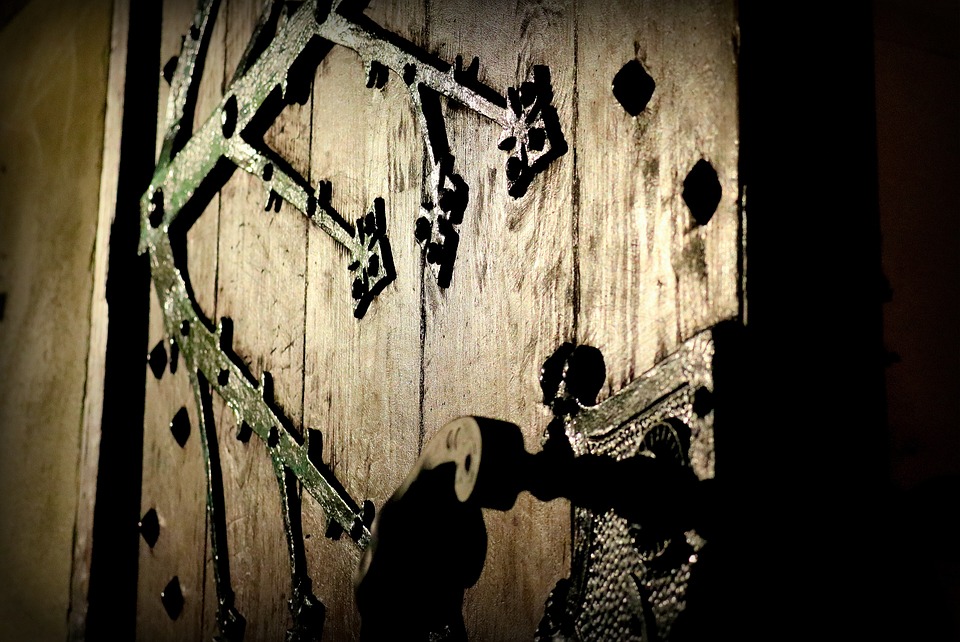Title: Unraveling the Mysteries of the Terracotta Army: A Tour of Skill and Craftsmanship
Introduction
Imagine stumbling upon a vast cemetery of life-sized figures, all meticulously crafted with extraordinary attention to detail. This is not a scene from a fantasy novel, but a tangible piece of history: the Terracotta Army. Discovered in 1974 by peasants in the Xi’an region of China, the Terracotta Army has intrigued historians, archaeologists, and visitors alike, with its profound mystery and astonishing craftsmanship.
Origins and Historical Significance
The Terracotta Army, also known as the Mausoleum of the First Qin Emperor, was constructed to house the emperor, Qin Shi Huang, in the afterlife. Qin Shi Huang, who ruled from 221 to 210 BCE, sought to ensure his power and influence would extend beyond his death. The emperor commissioned a massive underground tomb to be built and filled with his guardians, advisors, and an army of 8,000 terracotta soldiers, horses, and chariots.
These figures would act as protectors, fighting any threats that may arise in the afterlife, and the sheer scale and complexity of this labor of love highlight the extraordinary skill of the Qin Dynasty’s artisans.
Skill and Craftsmanship
Crafting such an incredible wonder required an unparalleled level of skill and dedication. The individual figures were not made by a single artisan, but rather, assembled by a team of dedicated workers.
Each soldier is striking in its uniqueness—no two figures are identically dressed or equipped. Detailed contours on each face and intricate attire, weapons, and armor distinguish these warriors. The diversity speaks to the meticulous attention to detail given to their design and craftsmanship—a testament to the skill of the Qin artisans.
Some figures were found with pigments covering their bodies, signifying the original bright appearance of the terracotta figures. In fact, modern technology has helped to reveal these colors, with scans revealing the original brilliant reds, bright yellows, royal blues, and deep blacks—as if the army could march off the battlefield at any moment.
The secret of the creators’ talent remains a mystery, considering the elaborate sculpting methods used in clay modeling and ceramics firing. Nevertheless, the breathtaking detail and aesthetic appeal of these statues bear witness to an ingenious workforce whose legacy continues to inspire awe.
FAQ Section
Q: When was the Terracotta Army discovered?
A: The Terracotta Army was discovered on March 29, 1974.
Q: Where is the Terracotta Army located?
A: The Terracotta Army is located in the Lintong District, Xi’an, Shaanxi Province, China.
Q: What was the original color of the terracotta figures?
A: The terracotta figures originally were painted in bright colors, such as red, yellow, blue, and black. However, most of the pigment has faded over time.
Q: How many soldiers are included in the Terracotta Army?
A: The Terracotta Army comprises approximately 8,000 soldiers, along with chariots and horses.
Q: Why were the figures of the Inner Chamber of the Terracotta Army original colors lost?
A: The figures’ colors faded due to centuries of exposure to natural elements like moisture, wind, and sunlight.
In conclusion, the Terracotta Army is a testament to the advanced technologies, skilled craftsmanship, and rich culture of ancient China. Exploring its depths, life-sized sculptures, and the legends surrounding this mystifying ancient underground army provides a fascinating journey through time, revealing the magnificent achievements of the Qin Dynasty and its artisans.
[IMAGE: A stunning mosaic representing a selection of terracotta warriors from the Terracotta Army, crisply detailed in their old, remarkable colors.]


